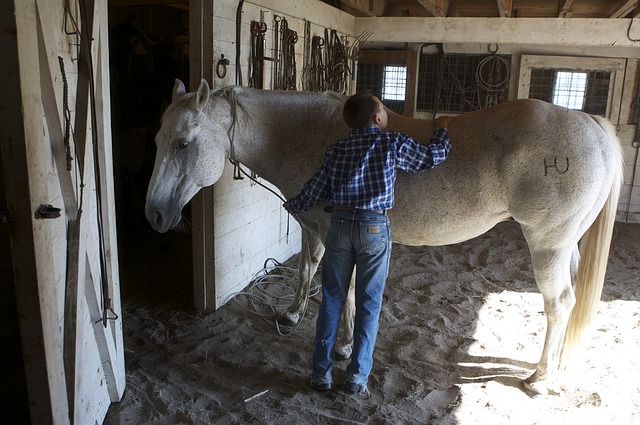Animal-Assisted Therapy

What Is Animal-Assisted Therapy?
Animal-assisted therapy uses contact with animals to enhance a therapy treatment plan. Therapy animals include household pets, such as dogs, cats and rabbits, but also farm animals, such as horses, goats, pigs and donkeys. Depending on the patient, the therapist will introduce animals into the treatment plan when appropriate. Several different types of animal-assisted therapy exist, including equine therapy. However, the patient’s needs determines the type of animal. Smaller animals like dogs and rabbits are used to provide companionship and soothe, while working with larger animals typically helps people with behavioral problems. Caring for a large animal requires attention and steers the individual away from disruptive thoughts and behavior. Also, the individual gains confidence and socialization skills.
Who Does It Treat?
Therapy can take place in rehabilitation centers, hospitals, nursing homes, and even prisons. Sessions can be led in a group setting or one-on-one between the therapist and patient. Keep in mind, it is a legitimate form of therapy that must be led by a licensed therapist. There is a long list of people and conditions that can be helped by animal-assisted therapy. In patients with behavior issues or some neurological conditions, such as autism, this therapy has been found to improve emotional well-being. This type of therapy also helps mental illnesses, including schizophrenia, addiction, PTSD and depression. Furthermore, victims of abuse can benefit from animal-assisted therapy, as they form a trust with the animal that might not be present with humans.
Animal-assisted therapy can benefit patients with:
- Addiction
- Abuse victims
- Cancer
- Autism
- Heart disease
- PTSD
- Dementia
- Developmental disorders
- Learning disabilities
- Behavior disorders
- Psychiatric disorders such as schizophrenia
- Anger management
- Emotional and behavioral disorders
- Depression
- Chronic pain
How Does Animal-Assisted Therapy Work?
Interaction with the animal is key to animal-assisted therapy, not just spending time with the animal. There are specific goals and strategies set in place, depending on the needs of the patient. For instance, caring for the animal and direct contact, such as petting and grooming, are some experiences therapists will instruct the patient to partake in. Discussing how the patient processed the experience afterward is common.
In abuse cases, it is also common for the patient to open up to the animal before the therapist. Because the victim may associate people with the source of their abuse, trusting an animal comes more easily. Furthermore, in hospitals and nursing homes, therapy dogs will visit. Human-animal interactions release Oxytocin in the brain and can initiate feelings of peace, comfort, and safety. Developing a bond with an animal can help people develop trust, raise their sense of self-worth, strengthen socialization skills, and stabilize their emotions.



